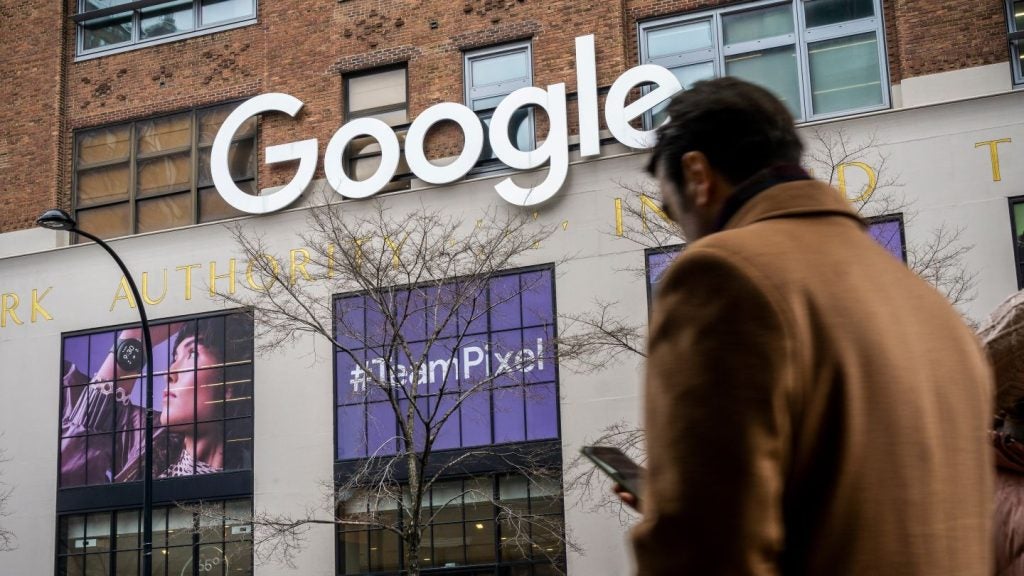There have been a series of revolutionary technology changes taking hold in business networking, but the biggest wave of them all has been virtualisation.
Work that started internally is now making its way to operators’ customers.
The so-called pizza box, the expensive black box filled with specialised electronics and its company’s logo on the front, is gradually on its way out.
In its place comes a so-called white box, a hardened computer that each business can fill with its preferred mix of networking software.
Why network virtualisation?
It is much more efficient.
Want to add the latest networking widget to each of a hundred global business locations?
That’s as close as a click-through agreement and push software downloads.
No need to dispatch a certified specialist to install and configure a proprietary box.
No need to maintain and troubleshoot a rack full of individual, cable-connected firewalls, routers, probes and other boxes.
No waiting for a new device shipping internationally to clear customs, or worse, arrive damaged and unusable.
For all its benefits, the reality of this flavor of virtualisation has been slow in coming.
Just a few network operators have managed services replacing the pizza box to date, and business buyers are still early adopters.
AT&T has a service called Flexware; Verizon offers a similar service called Virtual Network Services; and a company called Masergy has a service known as f(n).
Many other service providers have similar concepts as works in progress.
If it’s so great, why the slow start?
While it’s (mostly) unintentional, network vendors share some blame.
Vendors do sell software applications today that run in standard environments.
But if two or more vendors’ software applications share one box, things quickly get complicated.
The applications need to spin up in a way that ties them together intimately.
They need to play nice with each other, and network management needs to control and coordinate all the applications as a tightly-knit unit.
How hard is that?
Well, some vendors claim they already do this.
But it’s hard enough that AT&T and Masergy built their own systems to manage their respective managed virtualisation services.
Coordinating software is hard enough that pizza box-replacing efforts are led to date by operators who see this managed services project as strategic to the business.
The move has started: Even if it’s very slow at first, that closed box on the premise is eventually going to give way to multi-vendor open systems.







